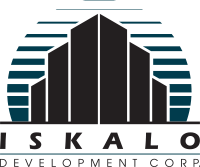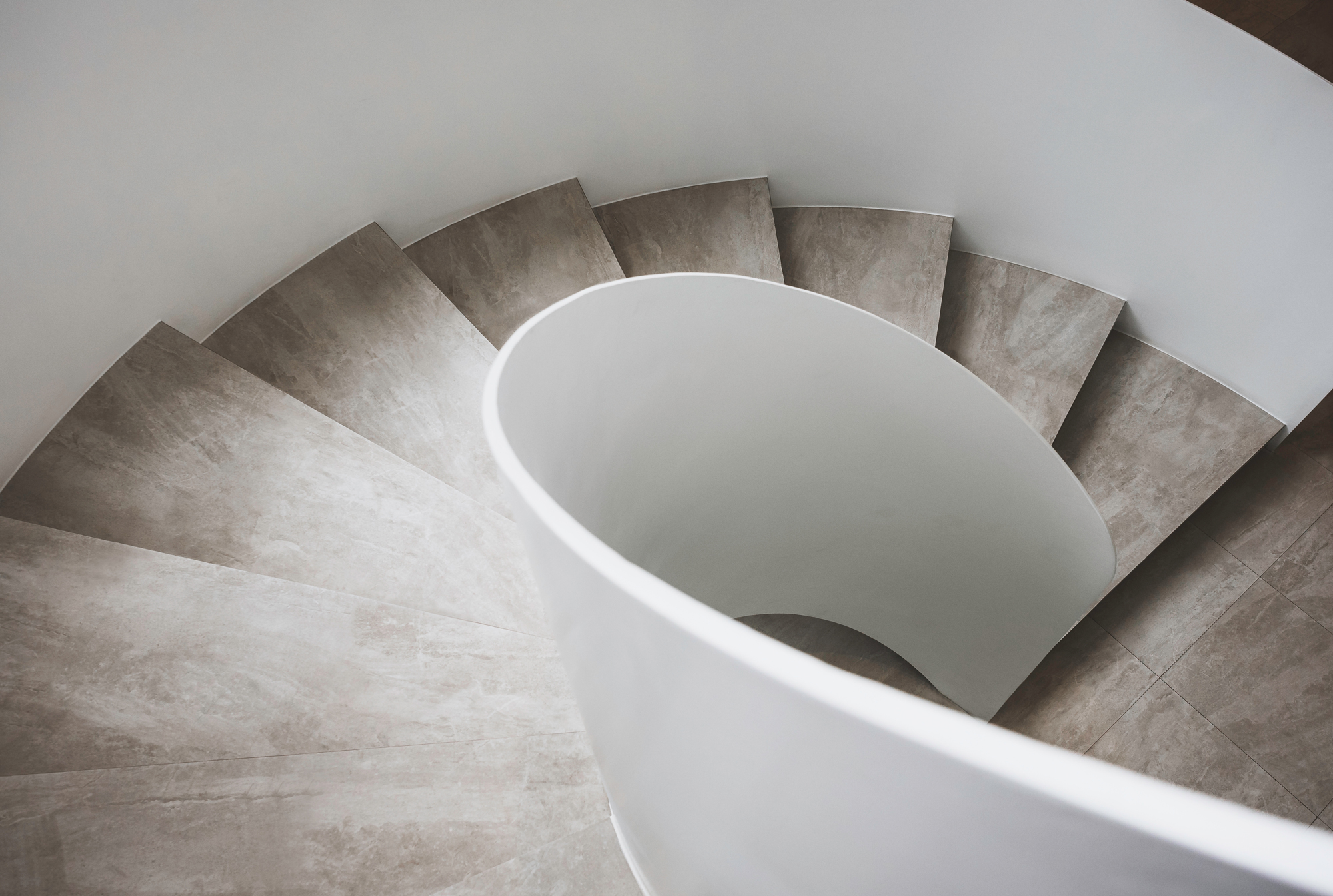People want to feel safe and secure when going out in public or focusing on work at the office. Especially after the COVID-19 pandemic, people want to wander out into the world worry-free. With society opening up to almost the extent it was before the pandemic, developers are adjusting how they design architecture to these sentiments. Incorporating curves into building design is one way developers are changing the look and feel of buildings on the inside and out.
What is Curved Building Design?
Curved architecture is a design trend on the rise and is sure to be seen on the inside and outside of buildings for quite some time. Curved building design includes gentle bends and arcs to the external elements of a building as well as the interior design.
One reason curved architecture is becoming more popular isn’t just that it looks sleek and modern. Curves are known to create warm, comfortable energy. According to Conway & Wise, curved building design embodies softness and helps create a safe, soothing environment.
What Elements of Curved Architecture are Popular?
Even though it seems like curved architecture is exactly what it says, there is more to this trend than just some bends in a building’s design. Below are some of the most prominent pieces of curved architecture developers are including in their designs.
Arched Doorways
Doors are used before entering a space. If the frame is curved with soft edges, it feels more inviting to the person walking through it. When someone feels welcomed when entering a new space, they can relax and feel more at ease. These emotions often coincide with curved architecture. Incorporating curved elements to doorways inside the building continues the same aesthetic and promotes welcoming feelings.
Rounded Stairways
There’s something comfortable and aesthetically pleasing about curved stairways. Whether it’s an industrial, spiral staircase or a modern, stone stairwell–the eyes immediately feel drawn to the curved architecture. Rounded stairways have been a trend that has come and gone multiple times over the years. With the need for comforting, safe environments in homes and commercial buildings alike, more developers are incorporating curved stairs to their designs.
Curved Ceilings
Another reason curved architecture is added to designs is because it enhances the free-flowing feel of a space. When the ceiling of a building has a slight bend to it, it doesn’t seem so harsh or sharp. A rounder ceiling with a few skylights can open up a room as well as improve morale and mental energy. Incorporating rounder ceilings–as well as rounded corners in hallways–has been known to improve air circulation within a building. Feeling healthy, safe, and comfortable in a space is always the goal. If curved architecture can lend a hand in this, ceilings with bends and waves may be seen more often in the near future.

